
The Dong Da Mound Festival (Hanoi) is solemnly held every year to commemorate the hero Quang Trung, the Tay Son army and the people at that time who fought to protect the nation's independence. (Photo: Hanoi Department of Culture and Sports )
In Vietnamese history, Emperor Quang Trung-Nguyen Hue is honored as a hero in cloth, an outstanding military talent who defeated the invading Qing army in the resounding victory of Ngoc Hoi-Dong Da in the spring of the year Ky Dau 1789.
More than two centuries later, from the perspective of engineer Vu Dinh Thanh, a weapons expert with many years of research on ancient military technology, this emperor's talent is also demonstrated in his ability to apply science to battlefields.
Searching for the secret of the Tay Son army's firearms power
Mr. Vu Dinh Thanh, representative of a leading anti-aircraft weapons corporation in the world (NPO ALMAZ-Russia), who successfully restored the Co Loa crossbow, said he spent more than 6 years researching military technology of the Tay Son period. He put forward a remarkable hypothesis: King Quang Trung may have used a weapon containing phosphorus - a special inflammable substance capable of spontaneous combustion, creating very high temperatures.
According to engineer Thanh's analysis, weapons recorded in history books such as "fireball" or "fire tiger" - which terrified the Qing army because of the "dragon-like" flames - could have been products using pure phosphorus or a mixture of phosphorus with petroleum and rosin.
When launched, they burn fiercely at temperatures of over 2,000 degrees Celsius, creating an oxygen-deprived effect that causes the enemy to suffocate and panic. The research results of engineer Vu Dinh Thanh were highly appreciated by Senior Lieutenant General, Academician, Hero of the People's Armed Forces Nguyen Huy Hieu, former Deputy Minister of National Defense, and considered this a valuable research direction.
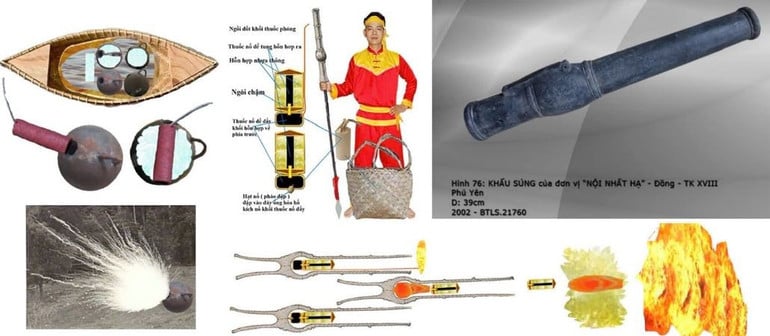
Illustration of research on special firearms made from phosphorus used by the Tay Son army. (Photo: Vu Dinh Thanh)
From a broader perspective, these discoveries not only affirm Quang Trung's timeless intelligence but also show that the indigenous science and technology of the Vietnamese people had reached a significant level.
Creativity in making firearms, combining folk experience and natural knowledge, is a testament to the independent thinking of a nation that always knows how to turn difficulties into strength in the cause of defending the country.
Vietnamese intelligence and self-reliance thinking through the ages
Not only researching the Tay Son period, engineer Vu Dinh Thanh also spent many years restoring the Co Loa crossbow - a symbolic weapon of the Au Lac civilization.
Through hundreds of experiments, he proved that the magic crossbow, in addition to its ability to shoot many bronze arrows at the same time, also kills thanks to gravity (the same principle as American bunker-piercing bombs), so when fired at high altitudes, it can penetrate enemy armor at the farthest distances.
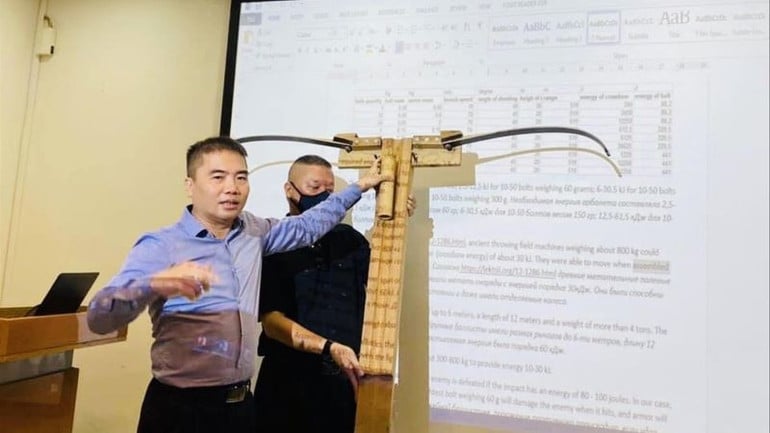
Engineer Vu Dinh Thanh has researched and restored the Co Loa crossbow from scientific and archaeological evidence. (Photo: NVCC)
From there, engineer Thanh expanded his research on the development of firearms technology in Vietnam. One of the new and unique arguments is the connection to the source of saltpeter - the main ingredient of black gunpowder, extracted from bat and bird droppings in islands and caves.
According to international documents, before the invention of modern explosives (in 1884), Europe from the 17th to the 19th centuries relied heavily on saltpeter imported from Asia, especially Indochina, where natural conditions were favorable. Mr. Thanh believes that this was the “strategic resource” that the West’s East India Companies sought to exploit.
When Nguyen Anh asked for help from France through Bishop Pigneau de Behaine, part of the agreement may have been to allow access to these resources. From a scientific-economic perspective, saltpeter was more valuable than oil, uranium or rare earths in the modern world, because without saltpeter there would be no gunpowder, and without gunpowder there would be no expansion of war or colonization.
Engineer Vu Dinh Thanh posed a suggestive question: “What was the reason that Western officers and merchants supported Nguyen Anh with weapons, warships and manpower?” And he believes that behind those contacts, there may have been economic and resource factors, especially the value of saltpeter, an important raw material in the production of gunpowder, which contributed to shaping the industrial and military strength of many European countries at that time.
Possessing many relevant domestic and international historical documents, through the research and comparison process, Mr. Thanh believes that from an objective perspective, the 18th century Western missionary-commercial-military activities were all tools of colonial expansion.
Through that, the confrontation between the Tay Son dynasty and the French-Nguyen Anh coalition can be seen as the first battle to protect economic-resource sovereignty in modern Vietnamese history. Emperor Quang Trung, with his vision and spirit of self-reliance, did not let Western powers interfere with that strategic resource.
The above findings, comments and reflections, although still needing more arguments and evidence to verify, have opened up a new approach in studying Vietnamese history through the lens of science, technology and patriotism. The story of Quang Trung is not only a victory over invaders but also a symbol of creative thinking, self-reliance and the will to protect the country with both strength and intelligence.
More than 200 years have passed, but the image of the cloth-clad hero is still the pride of the nation. Continuing to research, analyze, and restore the scientific-historical values of the Quang Trung era is not only a way to pay tribute to our ancestors, but also a way to awaken the spirit of self-reliance in the new era, where knowledge and creativity continue to be the foundation for national independence and development.
HAI LAM
Source: https://nhandan.vn/them-goc-nhin-su-hoc-ve-cong-nghe-quan-su-co-va-tai-nang-cua-hoang-de-quang-trung-post922000.html






![[Photo] Prime Minister Pham Minh Chinh attends the Patriotic Emulation Congress of the Ministry of Foreign Affairs for the 2025-2030 period](https://vphoto.vietnam.vn/thumb/1200x675/vietnam/resource/IMAGE/2025/11/10/1762762603245_dsc-1428-jpg.webp)
![[Photo] Prime Minister Pham Minh Chinh attends the annual Vietnam Business Forum](https://vphoto.vietnam.vn/thumb/1200x675/vietnam/resource/IMAGE/2025/11/10/1762780307172_dsc-1710-jpg.webp)
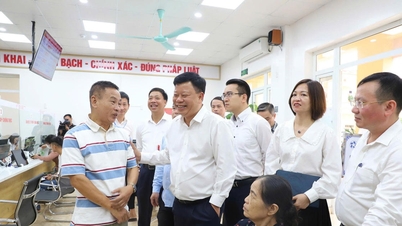

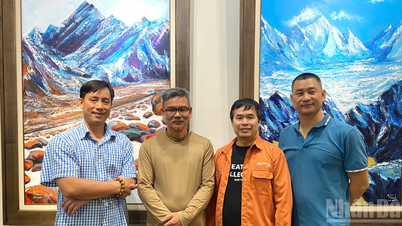




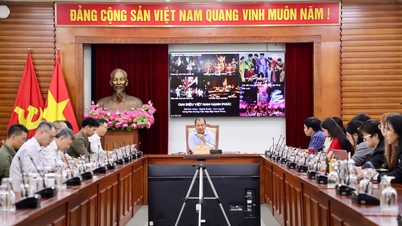










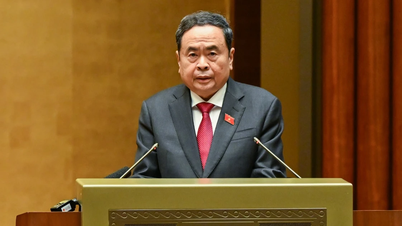












































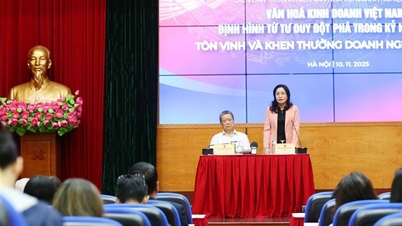
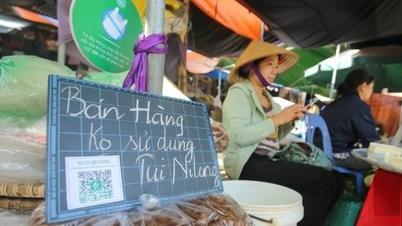


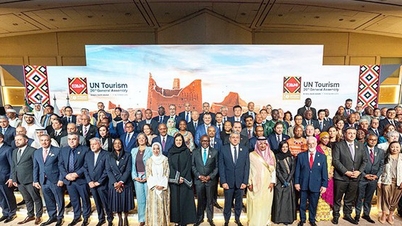

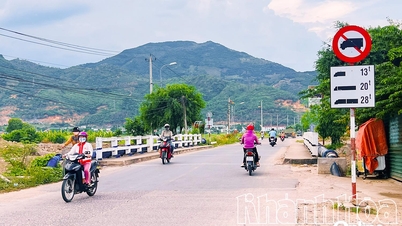




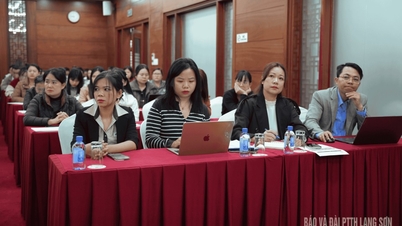


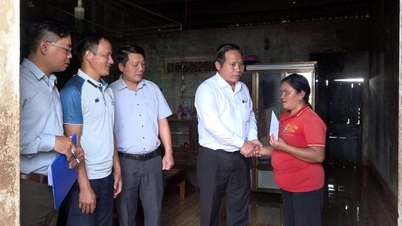


![Dong Nai OCOP transition: [Article 3] Linking tourism with OCOP product consumption](https://vphoto.vietnam.vn/thumb/402x226/vietnam/resource/IMAGE/2025/11/10/1762739199309_1324-2740-7_n-162543_981.jpeg)







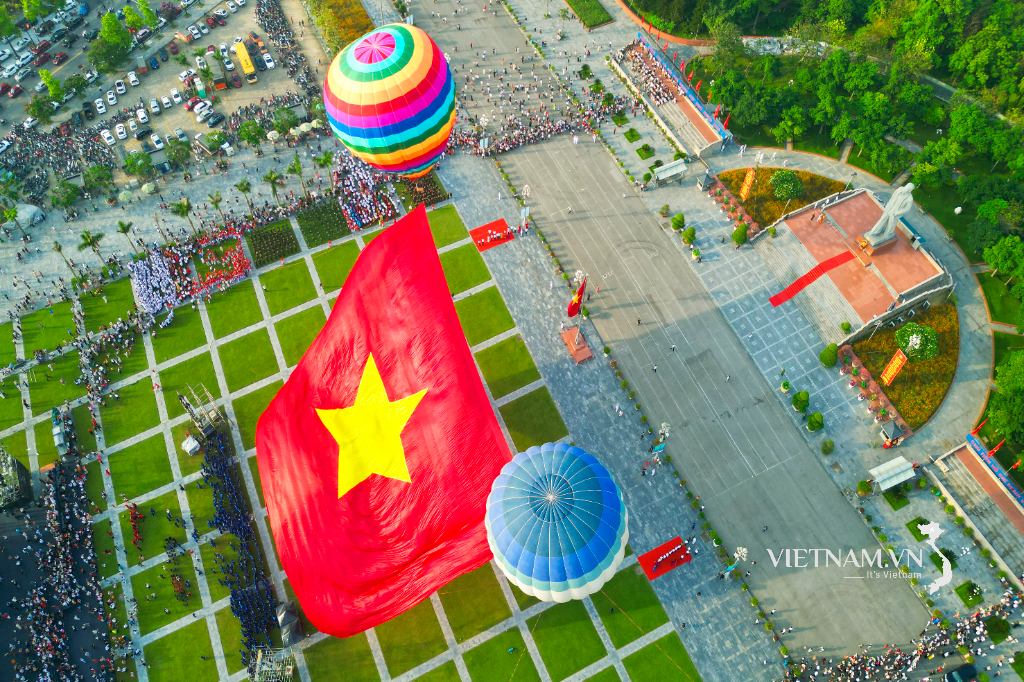



Comment (0)